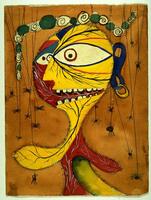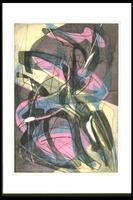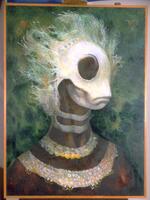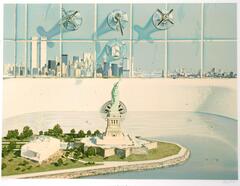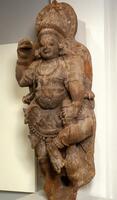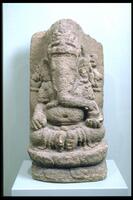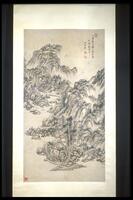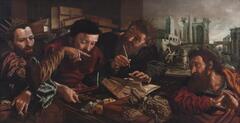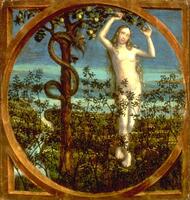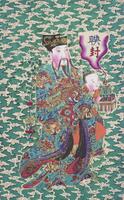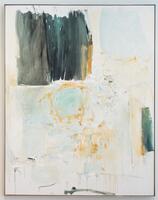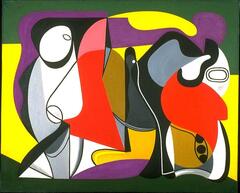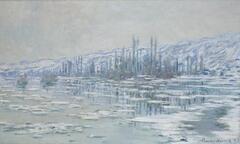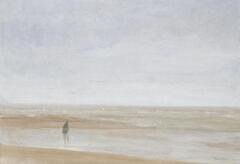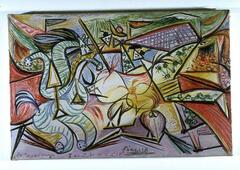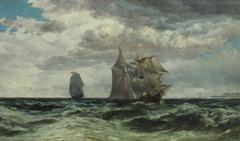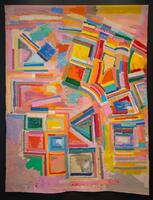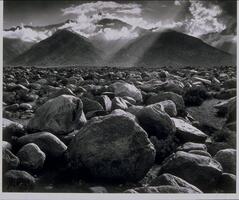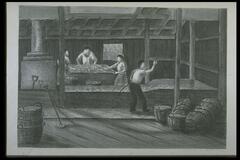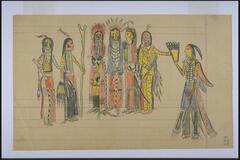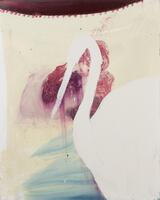Zeit ist relativ, nicht im klassischen Sinne von Albert Einstein, sondern im Zeitsinne unserere Wirtschaftskraft. Seit Anfang März 2020 marschiert die als COVID-19 bekannte Pandemie nach Westen und beginnt zu tanzen. Um gegen die Macht einer unbekannten Streitmacht mit einer Übertragungsrate von mehr als einer (oder nach aktuellen Schätzungen von 1,4 bis 5,8) und einer Todesrate von rund 10 Prozent zu kämpfen, haben die Weltwirtschaftsmächte Methoden zur Reduzierung der Rate festgelegt der Verbreitung. Einige dieser kommerziellen Versuche nutzen Teile ihres GDP, um ihre Bürger mit Sicherheitsnetzen zu versorgen. Kanada wird beispielsweise mehr als 25% seines GDP für Konjunkturpakete für seine Bürger ausgeben, Japan wird 15% seines GDP für ihre ausgeben Prävention, und die Vereinigten Staaten haben Billionen - ja, Billionen - Dollar in Form von Krediten für kleine Unternehmen geschickt, um den Bankrott unserer Wirtschaft zu verhindern. Mit Billionen von Dollar im globalen GDP, um die Verbreitung von COVID-19 zu verlangsamen, haben fast alle Länder auch Methoden der sozialen Distanzierung und sozialen Isolation entwickelt, um zu verhindern, dass die Öffentlichkeit auch nach draußen geht. Auf diese Weise hat sich unser Leben verändert. Zum ersten Mal in der modernen Geschichte in den Vereinigten Staaten bleiben viele Bürger zu Hause. Dieses massive Experiment / diese Erfahrung hat mich in den letzten Wochen persönlich gelehrt, wie die Zeit vergeht und wie sie sich ausdehnt und verlangsamt.
8 Items in this Learning Collection
Copyright
Espace-temps en fusion
1981/2.110.8
Title
Espace-temps en fusion
Artist(s)
Salvador Dali
Artist Nationality
Spanish (culture or style)
Object Creation Date
1975
Medium & Support
drypoint etching, lithograph and screenprint on paper
Dimensions
30 5/16 in x 21 15/16 in (76.99 cm x 55.72 cm)
Credit Line
Anonymous Gift
Subject matter
This work was part of Salvador Dalí's 1975 Imaginations and Objects of the Future portfolio. It contained ten prints with an introductory text by the artist that discussed the project's focus on new technologies' ability to create an alternate universe, especially through holograms. The clock, a familiar Dalí motif, does not only represent time and its slipage in the Surrealist space here. It also represents the new technologies of travel, as the clock creates a kind of roadway for space-time travel.
Physical Description
Winding through the center of this print, a melting clock oozes from the top right to the bottom center in red, yellow and blue. To the left of the base of the clock is a bright orange and red bolder. In the background, there is a large landscape with mountains and a cloudy sky. There are three figures in the scene. At the bottom right, a figure is seated with a staff and behind it is a large shape in yellow, red and blue. At the center, there is a sketch of a mounted figure on a rearing horse; and at the upper right, there is a figure with a strong shadow. The print is signed (l.r.) and numbered (l.l.) in pencil.
Primary Object Classification
Collection Area
Modern and Contemporary
Rights
If you are interested in using an image for a publication, please visit http://umma.umich.edu/request-image for more information and to fill out the online Image Rights and Reproductions Request Form.
Keywords
Landscapes
Surrealism
Surrealist
clocks
equestrians
landscapes (representations)
modern and contemporary art
numbers
road
roads
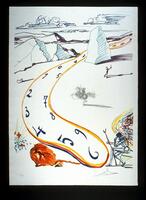
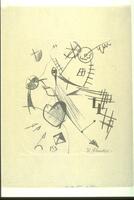
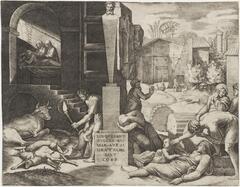
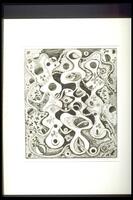
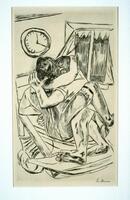

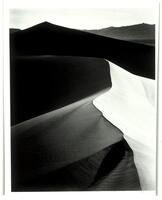
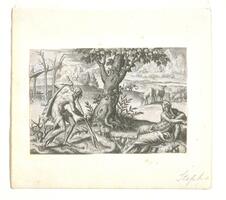
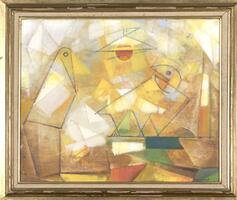
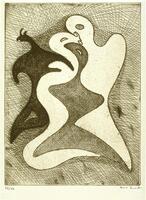
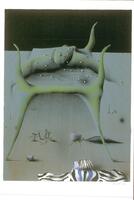
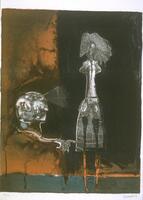

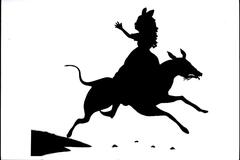

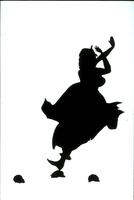

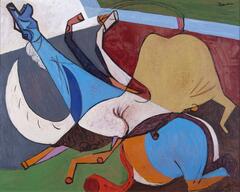
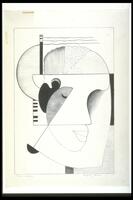
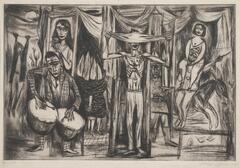

![In this mixed-media print, there is a white background with black outlines of facial features, lips and an eye, and a creature in the bottom left. In the upper left corner there is a rectanglular sheet in cream layered on top; a wavy vertical design stretches diagonally from the top of the rectangle to the bottom in yellow, red, and blue. Within this sheet, there are small figures at the center left drawn in black. To the right in the sheet, there is a collaged image of one of the artist's paintings, incorporated into a cube. Above, there are drawn birds. There is a small mechanical-like figure on the sheet at the bottom left. At the center of the print, in the cream page, the artist signed "Dali" and dated the print "1975. To the bottom left, on the larger white page, there is text inscribed in the plate, mirrored and someone illegible, that possibly reads "Leill Ciclopeer Alucire la bouche Almient tire / Lula [illegible]." The print is number at the lower left in pencil. In this mixed-media print, there is a white background with black outlines of facial features, lips and an eye, and a creature in the bottom left. In the upper left corner there is a rectanglular sheet in cream layered on top; a wavy vertical design stretches diagonally from the top of the rectangle to the bottom in yellow, red, and blue. Within this sheet, there are small figures at the center left drawn in black. To the right in the sheet, there is a collaged image of one of the artist's paintings, incorporated into a cube. Above, there are drawn birds. There is a small mechanical-like figure on the sheet at the bottom left. At the center of the print, in the cream page, the artist signed "Dali" and dated the print "1975. To the bottom left, on the larger white page, there is text inscribed in the plate, mirrored and someone illegible, that possibly reads "Leill Ciclopeer Alucire la bouche Almient tire / Lula [illegible]." The print is number at the lower left in pencil.](/media/W1siZiIsIjIwMjIvMDUvMjUvMWUwenVmM3Nlel9kZWZhdWx0LmpwZyJdLFsicCIsInRodW1iIiwiMjQweDIwMCJdXQ?sha=03c3865ec6fdec9d)
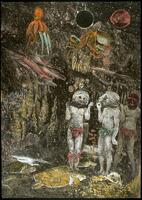
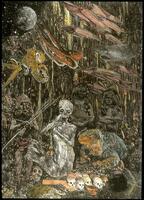
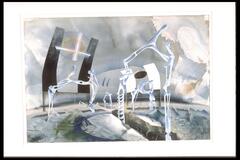
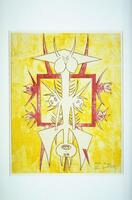

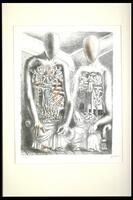

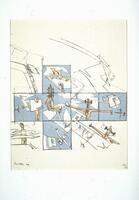
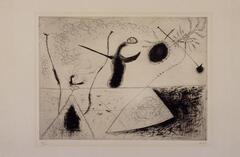
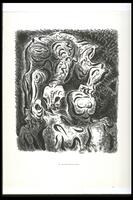
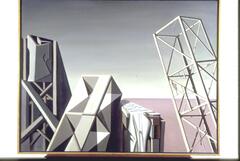

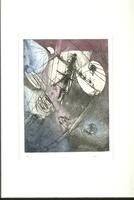



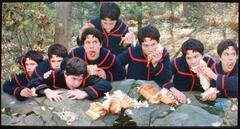
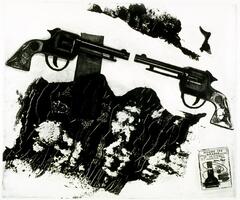
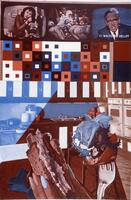
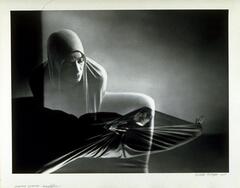
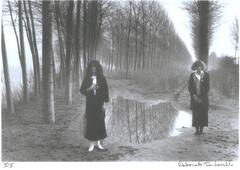

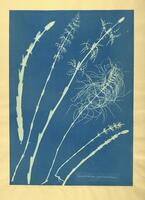
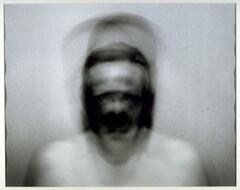
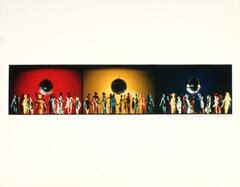


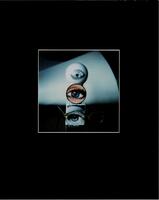

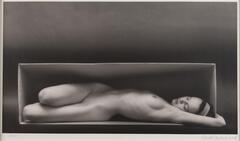
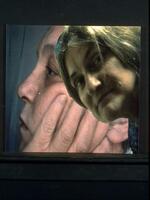
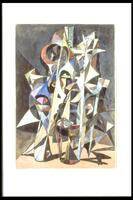
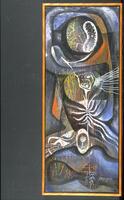
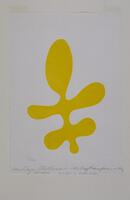

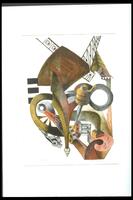
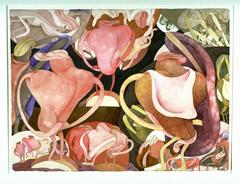
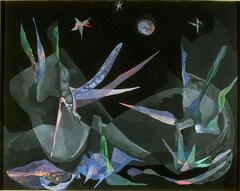

![A clear glass bubble rests on the bowl of a plain white clay pipe. Along the stem of the pipe are the words, "Ce que [sic] manque à nous tous." A clear glass bubble rests on the bowl of a plain white clay pipe. Along the stem of the pipe are the words, "Ce que [sic] manque à nous tous."](/media/W1siZiIsIjIwMjIvMDkvMjQvMmR5MHViN2o5Yl9kZWZhdWx0LmpwZyJdLFsicCIsInRodW1iIiwiMjQweDIwMCJdXQ?sha=e23a50659ff4d560)
